The Story Of An Indonesian Conservationist And His Battle To Save A Vanishing Hornbill
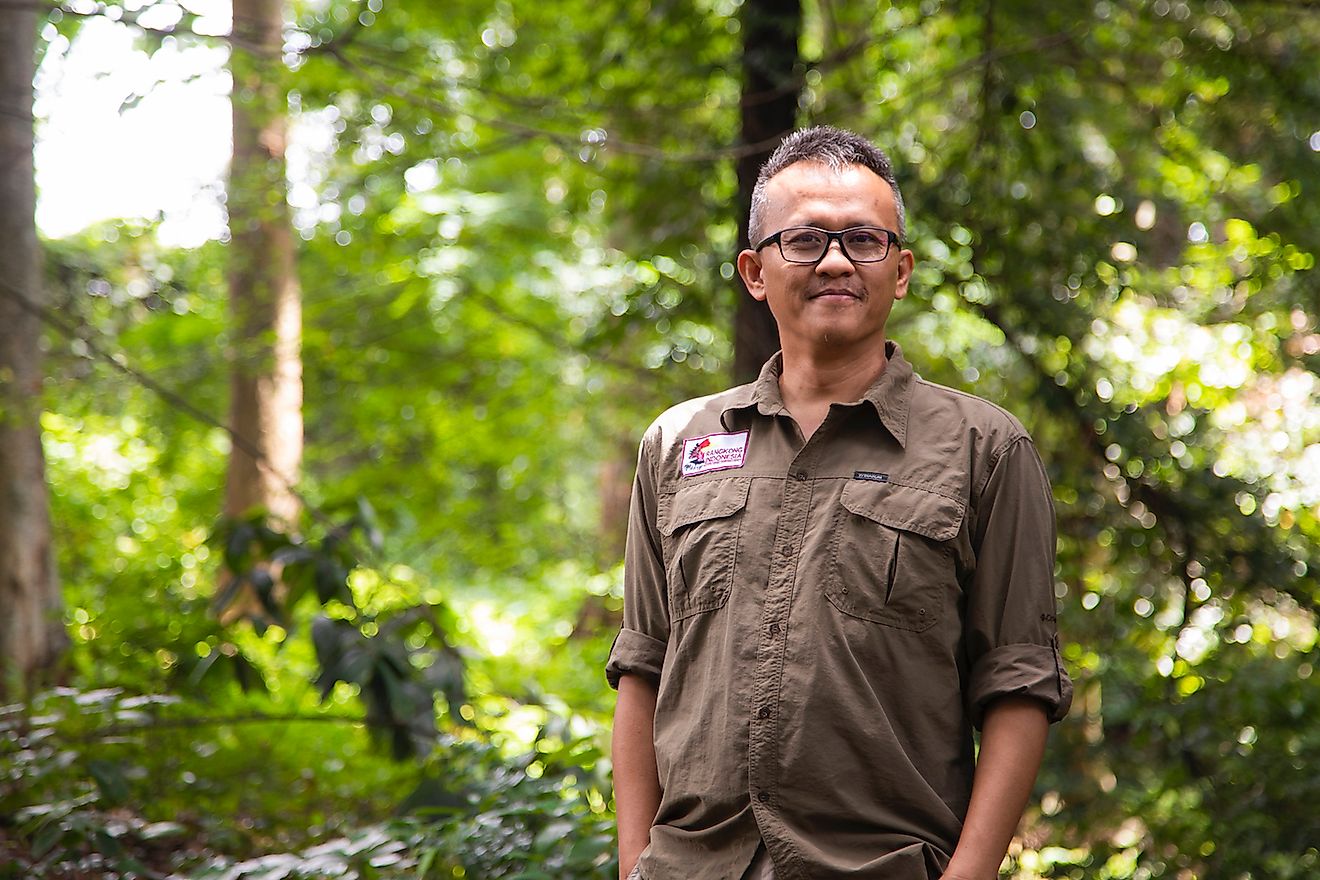
In the dense green tropical rainforests of Indonesia lives a strange bird whose famed maniacal cackle can be heard from 3 km away! In recent times, however, its distinctive cackle has largely died down over a large part of its range. Locals living around these forests complain that they hardly hear them nowadays. Yet, no one paid an ear to their warning until one man decided to investigate further - to learn why the cackle was disappearing from these forests. This is the story of this man, YokYok (Yoki) Hadiprakarsa, and the bird (the helmeted hornbill) that he is determined to bring back from the brink.
YokYok (Yoki) Hadiprakarsa is a recognized wildlife conservationist based in Indonesia. He is also one of the six winners of the prestigious Whitley Award or 'Green Oscar.' He received the award in 2020 for his commendable work related to helmeted hornbill conservation in Indonesia. He is also the Founder and Principal Researcher at Rangkong Indonesia, an organization striving to save Indonesia's hornbills.
In this article, we explore his conservation work and learn some captivating facts about the critically endangered helmeted hornbill. World Atlas had the privilege of speaking with Mr. Hadiprakrsa to learn about how and why he is protecting these birds in his country.
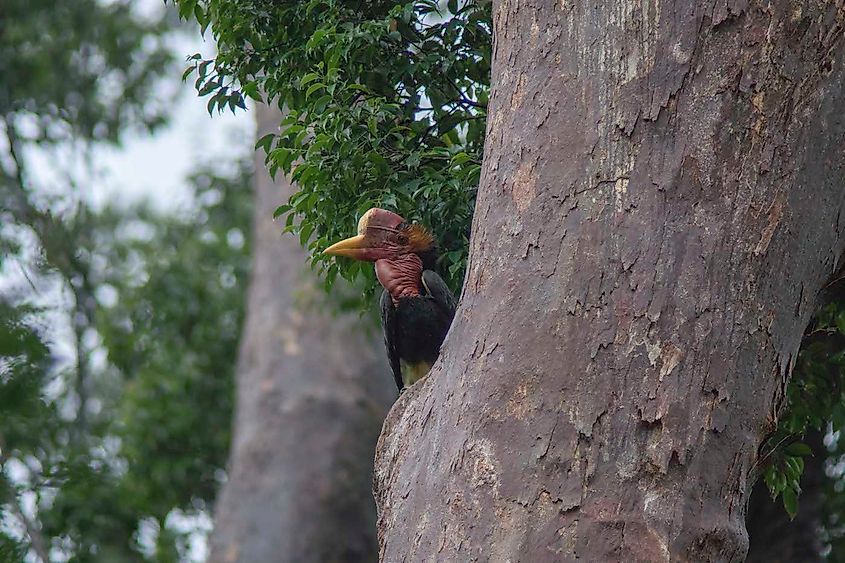
How did you develop your passion for wildlife conservation?
My passion for nature and wildlife was nurtured since I was a child. Urban nature and various magazines and books on the subject like the Grolier Encyclopedia and National Geographic magazines created fascinating visuals of the vast and beautiful natural world outside my home waiting to be explored by me. My father also played a central role in inspiring me to understand nature. I would learn from his work capturing the beauty of Indonesia's national parks and producing visual aids for farmers across the country. BBC wildlife documentaries also excited me and soon Sir David Attenborough became my role model.
How did you direct your education and career to allow you to pursue your passion for wildlife conservation?
Quite early on in my life, I knew that I must work for protecting nature and her amazing creatures. Observing how nature works and learning new things about wildlife always kept me engaged. Hence, I selected Biology as a major in high school. In college, I specialized in bird ecology. Following that, I completed my Master of Science degree from the University of Georgia in Forest Resources with a focus on landscape ecology with a quantitative boost. Throughout my education years, I was fortunate enough to have mentors and colleagues who motivated me immensely to pursue my dream in wildlife conservation.
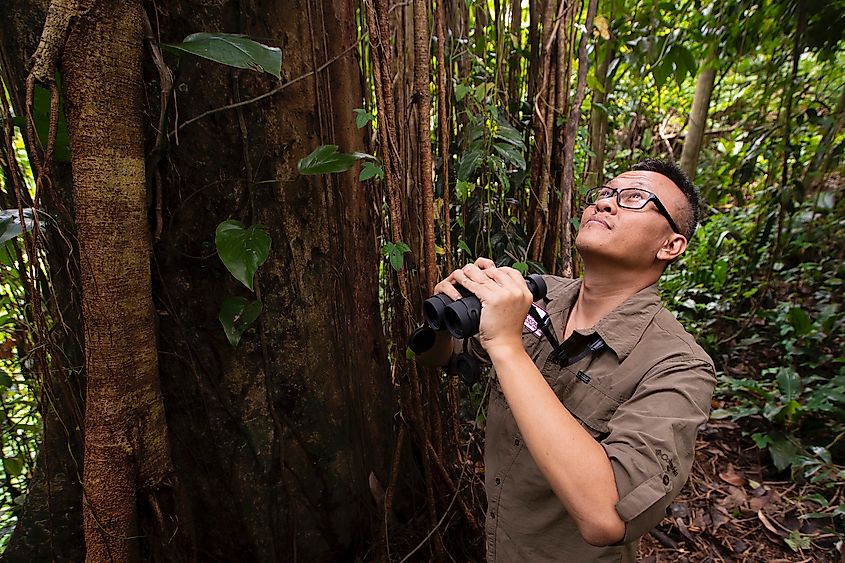
When did you start working on the conservation of hornbills?
My tryst with the hornbills started way back in 1999 when I received a research fellowship from the Wildlife Conservation Society - Indonesia Program for my undergraduate research project. Dr. Margaret F. Kinnaird, my former boss and mentor, introduced me to these marvelous birds and encouraged me to work on their conservation. I was immediately captivated by these birds and their lives. To my surprise, I found that they were quite underrepresented in the Indonesian wildlife conservation scene. Since then, there was no looking back. I decided to dedicate myself to conserving these majestic birds and ensure that the future generations of my country get to see them as well.
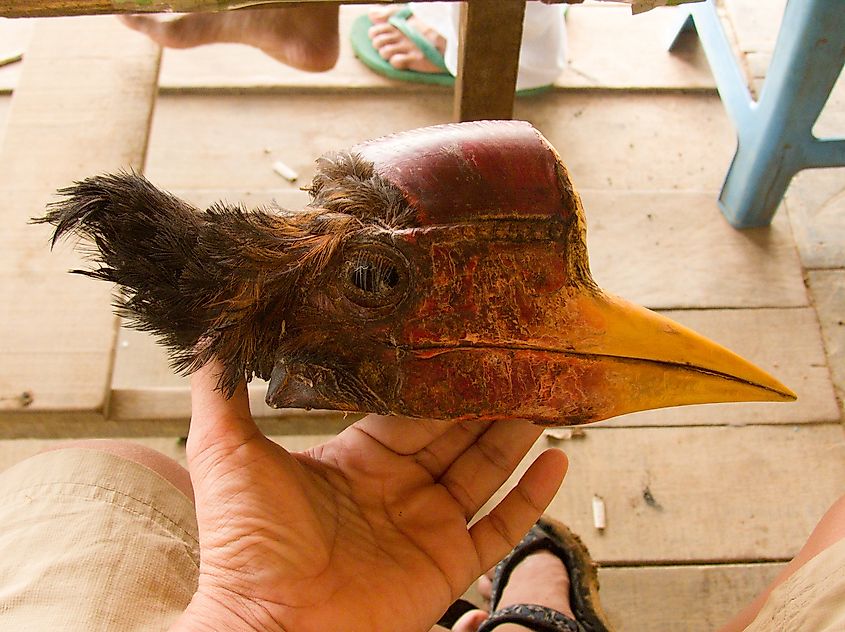
Why put special focus on the helmeted hornbill conservation?
Initially, I started working on the protection of all the 13 hornbill species found in Indonesia. However, I soon realized that the helmeted hornbill (Rhinoplax vigil) deserved greater attention. A critically endangered species, its days were numbered if not protected. The maniacal cackle of this hornbill startled me when I first heard it, but since then I have admired it more than anything.
As I studied its history, I came to know that the helmeted hornbill was the most severely hunted hornbill species. It has been hunted over centuries since the time of the Ming Dynasty of China. However, there was limited detailed information on such hunting and its effect on the species. In 2012, I came across a visually disturbing photograph showing the stacked casques of helmeted hornbills on sale in a black market in Borneo. This haunting image and later, when I met a villager selling real dried helmeted hornbill heads, shook me up completely. They drove me to profile the crisis facing the helmeted hornbill. I decided to dig in for more information on the species and initiate urgent conservation action to protect it.
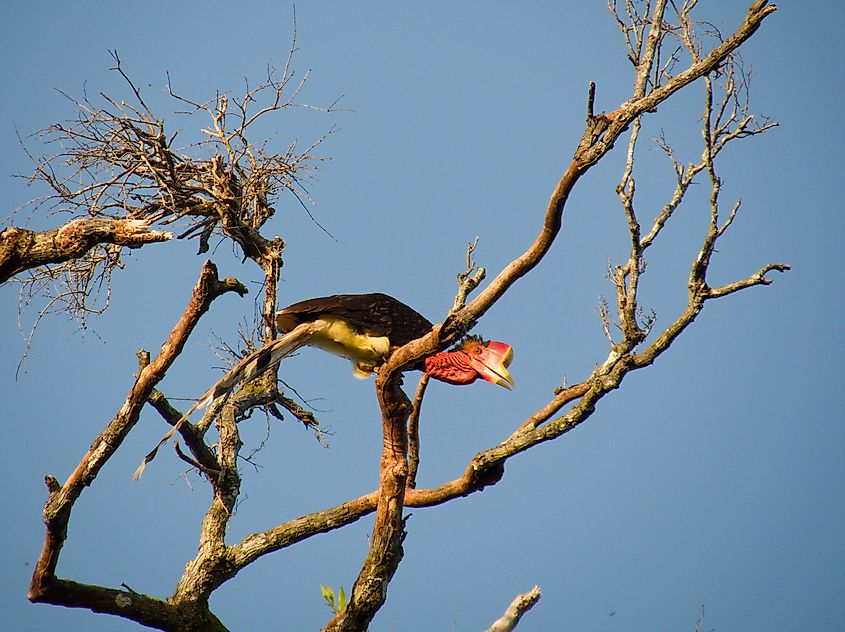
What are some of the fascinating facts about the helmeted hornbill?
The helmeted hornbill is a fascinating bird in all aspects. Here are some of its most interesting features:
- The head that bears the casque shows a gradual flame-like color transitioning gradually from red to yellow.
- It has symmetric and sharp beaks.
- A unique trait that distinguishes it from other hornbills - it has a solid keratinous casque on its head that contributes to nearly 13% of the total weight of the bird (+/- 3000gr). Other hornbills have hollow casques.
- The neck and throat of the bird are naked or featherless.
- They feed primarily on figs and sometimes small animals.
- Aggressive behavior within or between pairs by jousting their heads has been displayed (No visual documentation until now, only my publication ).
- Slow regeneration time. They rely heavily on massive, old trees with cavities for nesting. Due to these limitations, only a few pairs of helmeted hornbills manage to produce offsprings successfully.
- Hornbill pairs need at least 5-6 months to nurture the chick. Females do not leave the nest during this time. So, it is the responsibility of the male to feed both the female and the chick. If the male dies during this fragile period, both the female and the chick lose their chances of survival.
- Their maniacal cackle can be heard up to 3 km away!
- And lastly, and most importantly, they are among the most effective seed dispersing agents in the oriental rainforest.
Please brief us on the founding of Rangkong Indonesia.
With the escalation of the helmeted hornbill crisis, I decided to establish Rangkong Indonesia (RI) - Indonesian Hornbill Conservation Society in 2013. The whole idea of establishing RI was to gain more support for Indonesian hornbill conservation. Operationally, RI is a research and conservation unit under Rekam Nusantara Foundation, which I and my five colleagues established in the same year.
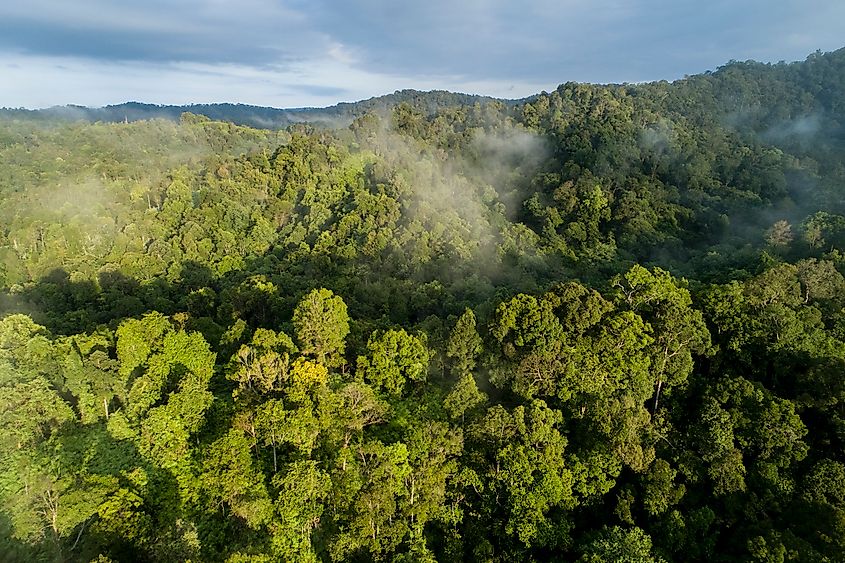
What is the current population estimate of this species? How are they distributed throughout Indonesia?
Despite their prominent appearance and large size (+/- 180cm total length from the tip of the beak to the edge of central tail feathers), their sorry plight has been largely hidden from the human eyes. When I began researching on them, there was little to start with. Population data on these hornbills and scientific research on their population trends and behavioral traits were seriously lacking. Till date, a reliable population estimate of the helmeted hornbill is absent. The only clue related to the population of these birds come from historical studies that mentioned their density range prior to the crisis was around 0.4 - 1.9 bird/sq.km.
In Indonesia, they are found primarily in the tropical rainforests of Sumatra and Kalimantan. They can live up to elevations of around 1000 m, but usually prefer lowland habitats (0-500 m). Indonesia provides one of the last remaining homes to these birds. Possibly, this country also has the largest population of the species which explains why the helmeted hornbill crisis is so profoundly visible here.
What are the major threats facing the helmeted hornbill in Indonesia?
These birds are hunted for their heads, more precisely, the casques in their heads that are sold as "red ivory" in the illegal wildlife markets and later used to make decor pieces.
Currently, habitat loss also plagues the species. Tropical rainforests of Indonesia that serve as home to these birds are subjected to rampant deforestation and degradation. However, thankfully, the bird exhibits some degree of adaptation and is capable of flying off to the nearest surviving patch of forest to seek refuge there.
What is the current conservation status of the helmeted hornbill in Indonesia?
All Indonesian hornbills (13 species) are protected by law. The helmeted hornbill has been listed in Appendix I, the highest status under the Convention on International Trade in Endangered Species of Wild Fauna and Flora (CITES). The IUCN enlists the species as 'Critically Endangered' on the IUCN Red List of Threatened Species, just one step away from the much-feared 'Extinction in the Wild' category.
When was the helmeted hornbill declared critically endangered?
When I started studying these birds in West Kalimantan, Indonesia, in 2013, I discovered some alarming facts. My studies suggested that around 6,000 of these birds had been poached for their head and sold to China at that time. Shaken by the fact, I traveled extensively through Sumatra and Kalimantan to further my understanding of the status of the helmeted hornbills. My investigations revealed that no habitat of the species in the country had been spared from hunting pressures since late 2012. Also, given the then prevailing rate of helmeted hornbill poaching, only three years were needed to make the birds rare in their habitats.
The above-mentioned fact becomes very clear from what villagers living in regions inhabited by the hornbills had to say: ".....before 2012, we would hear the weird call of these birds from the village every day, but now (2014-15), even if we spend an entire week in the forest, we hardly get to hear them..." The testimonies by villagers obtained from both Sumatra and Kalimantan revealed the same situation. Even the local poachers recognized the huge loss of these birds. One of them testified to it saying "....in the beginning, it was easy to get 30-40 birds in a week. Now (2015-2016) we are really lucky if we can get even 5 birds although we spend 2 or more weeks in the forest and need to travel further into the forest interiors. That's why I stopped hunting this bird......"
As we investigated further, it became clear to us that the helmeted hornbill population was falling at an alarming rate. In late September 2015, I presented my findings and voiced my concern before the global conservation communities. By December 2015, IUCN had changed the conservation status of the helmeted hornbills from 'Near Threatened' to 'Critically Endangered,' an unfortunate leap of two levels (leaving 'Vulnerable' and 'Endangered' in between) up the 'threatened' scale. It was now evident that without urgent and serious intervention by the conservation community, these birds were doomed to die.
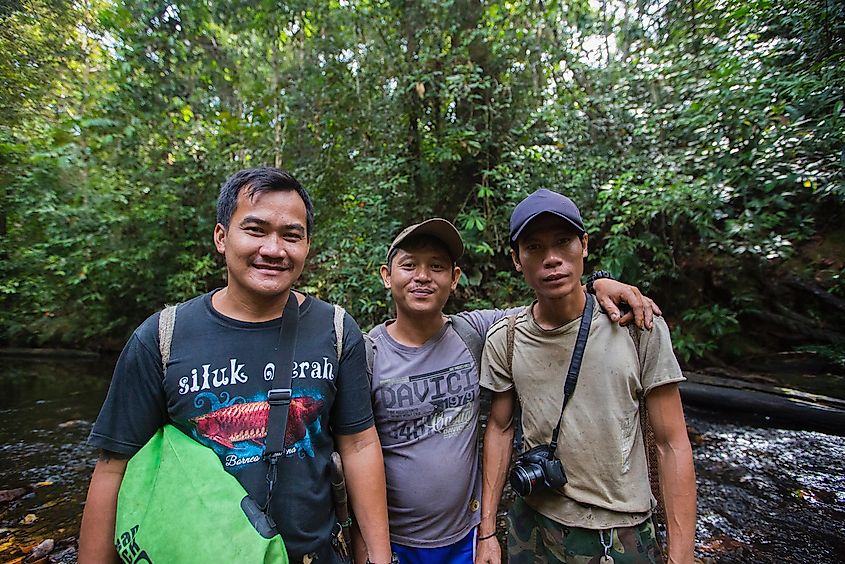
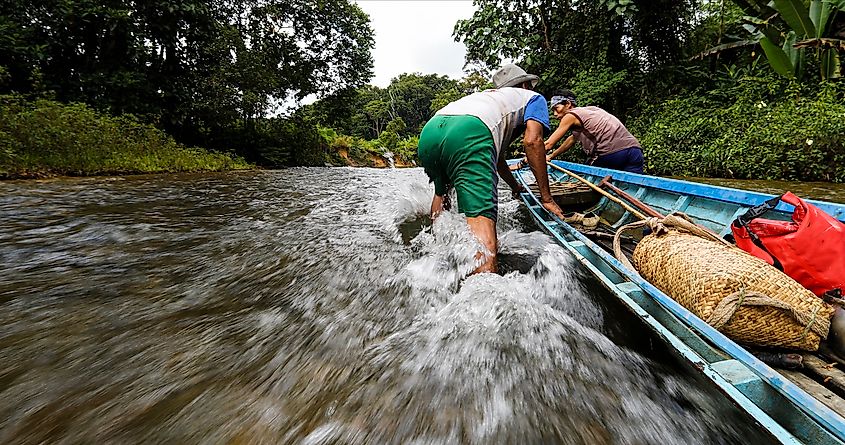
How are you and your team at Rangkong Indonesia protecting the helmeted hornbills?
Profiling the species and presenting the information to the international conservation community was our first step to protect these birds. It was also important to make the public at large aware of the fact that the majestic helmeted hornbill was at peril.
After realizing the dire situation of the species, we also wasted no time and immediately launched a program to estimate the current population of these birds in the country. Last year, we completed conducting the first largest hornbill population survey covering nearly 3 million hectares! The Tropical Conservation Act (TFCA) provided us with the much-needed support to conduct the survey. I hope this year we can have the population estimation figures out.
At the same time, it was also necessary that the hornbills received much-needed attention at national and international levels. We strived to make the Indonesian government and international conservation organizations put weight on the issue.
The Indonesian government raised the issue of the hornbill crisis at the 16th CITES Conference of Parties in 2016 where it was successfully acknowledged by the parties. The IUCN Motion for Conservation of the Helmeted hornbill was also successfully accepted by the IUCN members during IUCN Congress in the same year.
Several other plans like the National Conservation Action Plan for the Helmeted hornbill 2018-2020, Global Conservation Action Plan for The Helmeted hornbill, etc., were also launched at national and global levels to protect the species. Several committees like the IUCN Helmeted Hornbill Working Group and the National Partnership for Indonesian Hornbill Conservation were also founded to ensure the proper implementation of hornbill conservation projects.
Currently, we are implementing (collaboratively) all conservation actions on the National Action Plan for the Helmeted Hornbill.
While the helmeted hornbills have started getting attention at national and global levels, it is also vital to ensure that the locals sharing the habitat with these birds also empathize with them.
A dearth of adequate scientific research, awareness, funding, and optimism in the field of helmeted hornbill conservation needs to be addressed. A lack of an innovative approach to gain support from the people who live side by side with the birds is also the impending conservation of these birds. These people, I believe, have a great potential became the true hornbill guardians!
How did you feel when you came to learn that you have won the prestigious Whitley Awards?
Anxiously happy and grateful for sure. But, I position myself for this award only as a medium for the birds and the people.
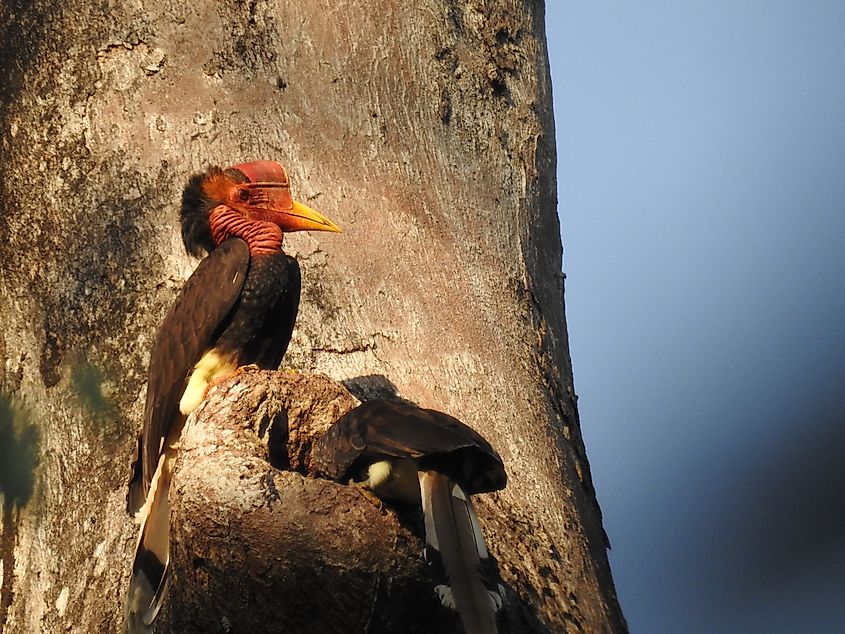
What would be your message to the world about why it is important to save the species?
Please do not let their cackle disappear from the rainforests of the world where they occur. Without them, the health of our rainforests will be ruined. By dispersing seeds, they act as the farmers of these forests. They save these breathing forests for the well-being of our future generations. They are our real-life carbon superheroes! Show them your love by protecting their future too!











